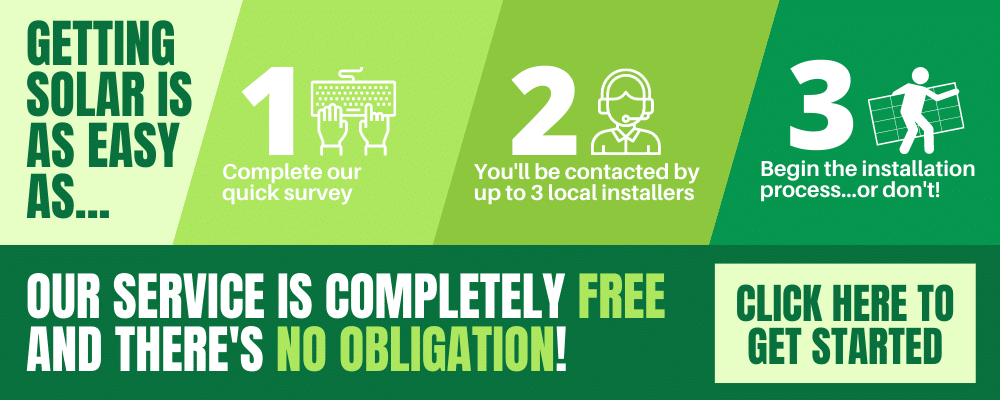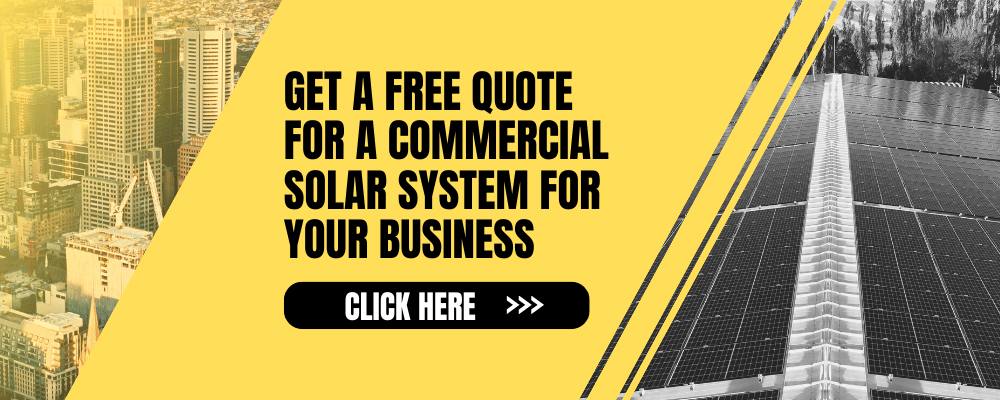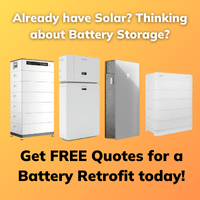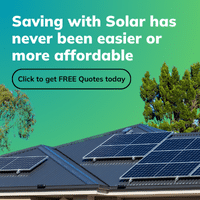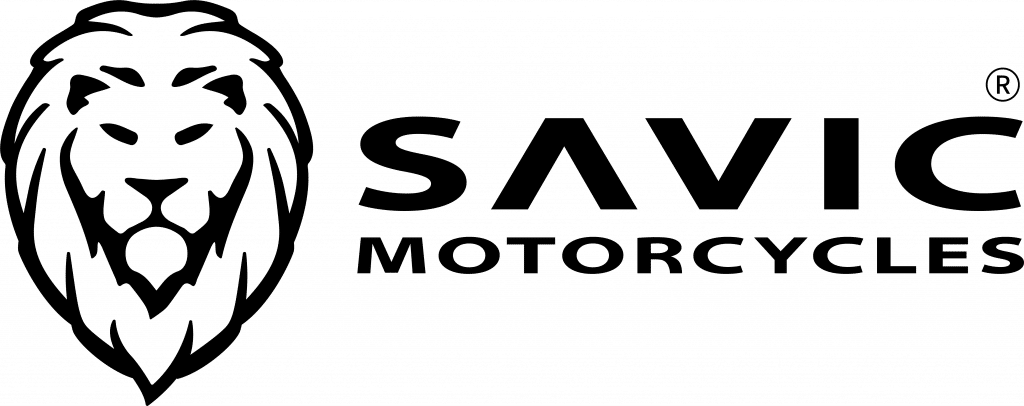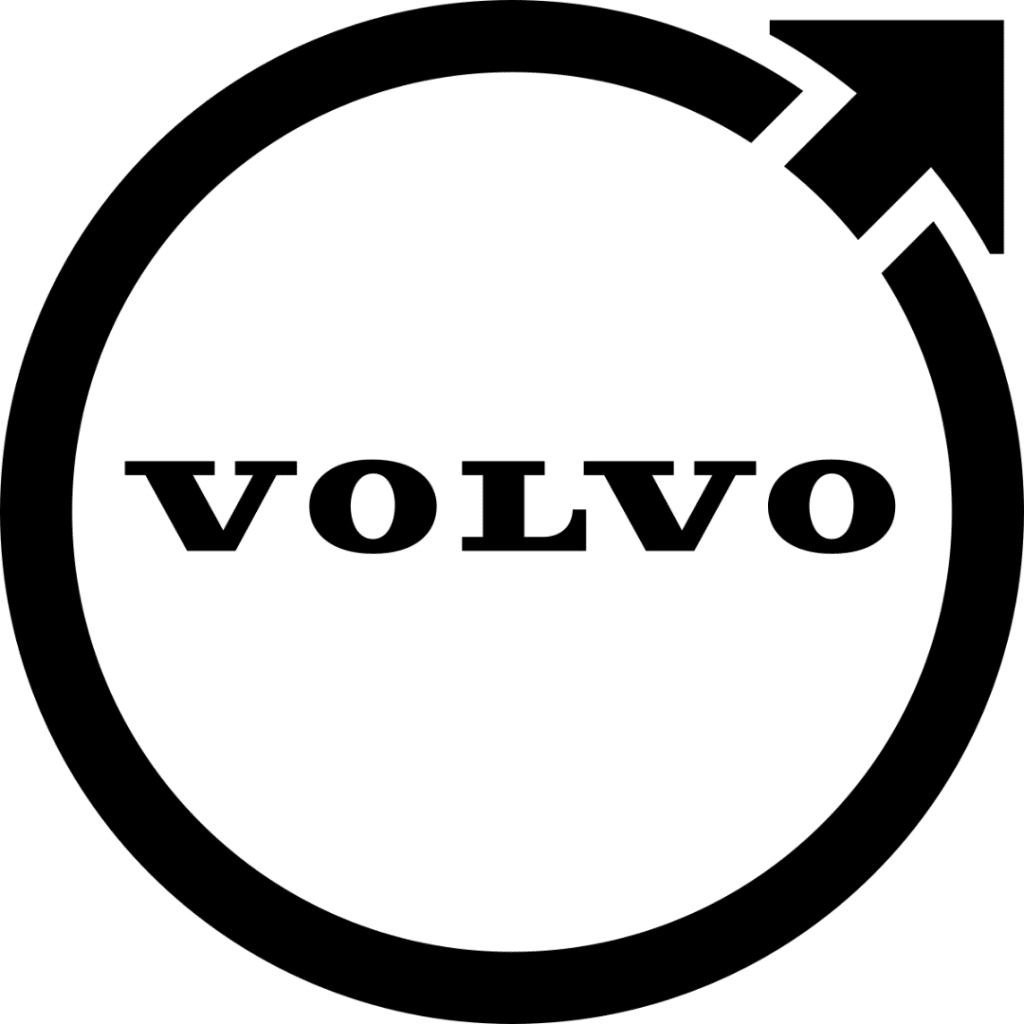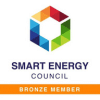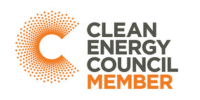On this page
Over the past decade, Australians have embraced solar energy. Around 30% of households in Australia utilise rooftop solar PV, which is the highest solar uptake percentage globally. There are over 4 million PV installations in Australia as of the first quarter of 2025.
Solar PV systems are constructed to be investments that, once paid for, will provide free electricity during the daytime for its owner, resulting in cost savings. And by installing solar PV systems, sunlight is converted into electricity with no greenhouse emissions.
Solar PV systems’ success in Australia is also due to federal and state government support schemes for solar installation and the installation of home storage batteries, like the Tesla Powerwall 3. Make your home more energy-efficient and get a FREE solar quotes now.
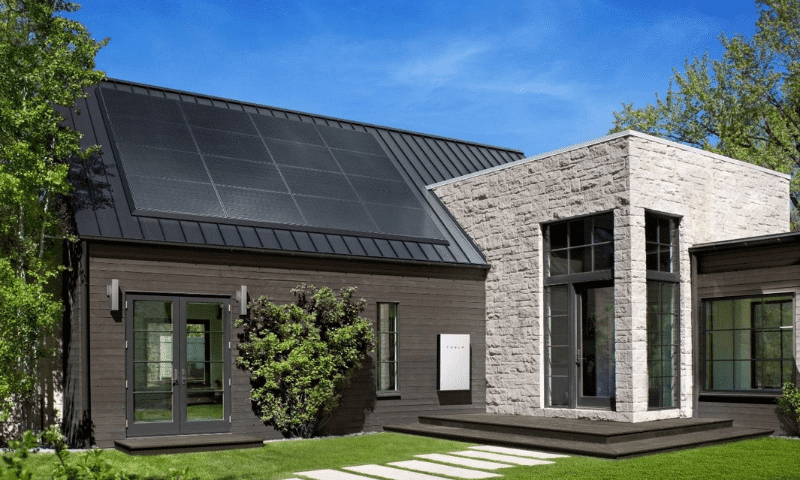
So let’s look at the home solar rebates, solar battery rebates, subsidies, and incentives available to you and how you can access them. Use our free solar quote system to get up to 3 free solar quotes from our network of trusted, local installers.
Three primary sources of solar rebates or incentives are available to Australian households.
- Federal government
- State governments (some, but not all)
- Electricity retailer
Energy Matters has been a leader in the renewable energy industry since 2005 and has helped over 40,000 Australian households in their journey to energy independence.
Let us discuss and choose the best quote that suits your needs and budget, and we can connect you with our trusted local installers, who will provide up to 3 FREE quotes for your home and business solar energy system.
Financial Incentives: Federal Government Solar Rebate
Small-scale Renewable Energy Scheme
Small-scale renewable energy systems such as solar panel systems, small-scale wind systems, small-scale hydro systems, solar water heaters, and air source heat pumps are all eligible under the Small-scale Renewable Energy Scheme (SRES), which provides financial incentives to all Australian individuals and small businesses. It accomplishes this by creating Small-scale Technology Certificates (STC). The federal government established the scheme in 2011 to help achieve Australia’s Renewable Energy Target.
Small-Scale Technology Certificates (STCs) have been hugely successful in stimulating demand for solar amongst households and small businesses. Available to everyone in Australia, STCs are an incentive well worth utilising. STCs are available for solar panel installations up to 100kW.
Each STC has a monetary value which can be either credited to your installer or sold on the open market in exchange for a point-of-sale solar rebate. The maximum number of certificates per solar system is determined by the system’s location, date of installation, and electricity consumption in megawatt hours (MWh), that is:
- generated over one or five years, or a single maximum deeming period, by a small-scale solar panel, wind, or hydro system
- displaced over a single maximum deeming period by the solar water heater or heat pump
The Renewable Energy Target operates by creating tradable STCs that provide a financial incentive for more electricity production from renewable sources. Through the REC Registry, an online trading platform managed by the Clean Energy Regulator, STCs are issued and distributed.
STCs are calculated under the Small-scale Renewable Energy Scheme based on:
- solar system location
- installation date, and
- if they are created over one or five years, or a maximum deeming period.
The scheme is being slowly phased out, with a reduction in the value of STCs occurring on the 1st of January each year through 2030. The scheme will end on 31 December 2030.
Check out our page to learn more about how to calculate STCs and solar credits.
Cheaper Home Batteries program
The federal government will be providing financial support for the purchase and installation of home and small business batteries from 1 July 2025.
Find out more by visit our Federal Rebate: Cheaper Home Batteries page.
State government rebates and incentives
At the state level, the picture is highly varied. There are many state government solar home rebates and incentives for people living in Victoria, NSW, South Australia, NT, WA or the ACT. There are currently no state government incentives for home solar batteries if you live in Queensland or Tasmania.
Energy Matters can help you make an informed decision and the perfect option on the suitability of a solar battery with our Solar Power and Battery Storage Calculator.
Learn more about the Cheaper Home Batteries Programs on our comprehensive page.
Electricity retailers - Feed-in Tariff (FiT)
Households in all states of Australia are repaid by their electricity retailer for any excess solar power their system generates and is exported to the grid. The amount shown as a credit on your electricity bill is known as a feed in tariff. The value of the feed-in tariff varies from state to state and between electricity retailers.
You should shop for the electricity supply deal that best meets your requirements. Energy Matters provides a FREE energy comparison service that can instantly display the best available deals for your home. You can then choose to make the switch!
An overview of what’s available state-by-state is shown in the chart below:
| Federal Government | Electricity retailer | State governments | ||||
|---|---|---|---|---|---|---|
| Small-scale Technology Certificates | Feed(for solar exports)-in tariff | Solar panels rebate | Home batteries rebate | Electric Vehicle (EV) / Zero Emissions Vehicle (ZEV) | Zero interest loans | |
| VIC | YES | YES | YES | YES | YES | YES |
| SA | YES | YES | YES – in Adelaide | YES-under Virtual Power Plant (VPP) | YES | YES |
| NSW | YES | YES | YES – free solar for low income households in specific locations | YES (from 1 Nov 2024) | YES | NO |
| ACT | YES | YES | YES – for low income households | NO | YES | YES |
| QLD | YES | YES | NO | NO | YES | NO |
| WA | YES | YES | NO | NO | YES | NO |
| TAS | YES | YES | NO | NO | YES | NO |
| NT | YES | YES | NO | YES | YES | NO |
Australian States and Territories- Household Solar Incentives
Victoria (VIC) solar rebates and incentives
The following solar rebates in Victoria are available for solar power systems:
| NO. AVAILABLE 03 JULY 2025 | ||
|---|---|---|
| Victoria Feed In Tariff | The Essential Services Commission will cut the minimum feed-in tariff from 3.3 to 0.04 cents per kWh in 2025–26, sharply reducing returns for solar energy exported to the grid. Click here for more information and the best feed in tariff in Victoria. | – |
| Government Incentive through Small-scale Technology Certificates (STC) | The deeming period for solar PV installations, solar water heaters, and air-sourced heat pumps financial incentive is reduced by one year. As a result, fewer certificates will be able to be issued for qualified systems. | – |
| Solar panels – for owner-occupiers | Up to $1,400 + the option of a zero interest loan for existing homes and homes under construction. | 3,479 |
| Solar panels rebate – for rental properties | Up to $1,400 + the option of an interest-free loan | 1,988 |
| Solar battery rebate | Up to $8,800 | Closed |
| Solar for community housing: a non-profit organisation that offers low-income households access to affordable rental housing | Up to $1,400 | – |
| Electric Vehicle (EV) Zero Emissions Vehicle (ZEV) | Now closed to new applications. However, zero emissions vehicles are still available to order outside of the ZEV program from the Approved Vehicle List. | – |
| Solar hot water rebate* | providing a 50% rebate of up to $1,000 | 1,890 |
| *Solar hot water rebate is currently available on an ongoing basis without any fixed release dates. |
Victorians can apply for a solar panel rebate of up to $1,400 and an additional $1,400 for the interest free loan for solar panel (PV) system installation for homeowners with existing homes, homes under construction and rental properties. Households and landlords need to apply for rebates and meet specific eligibility criteria. The scheme is in addition to the federal government known as Small-scale Technology Certificates (STCs) described above.
Visit our Virtual Power Plant (VPP) page for more VPP’s offers in Australia
The Victorian Energy Upgrades (VEU)
The Victorian Energy Upgrades (VEU) program is a government energy efficiency program that helps Victorian households, and businesses save money on their energy bills and reduce greenhouse gas emissions. The program offers rebates or discounts on energy-saving products and services, including:
- Lighting
- Heating and cooling
- Water heating
- Insulation
- Solar hot water
- In-home displays
- Window glazing
- Showerheads, Televisions, Clothes dryers, Fridges and freezers
Households and businesses must work with an accredited provider who has the authorisation to install Victorian Energy Upgrades items to get discounted goods and services under the programme. The programme only accepts accredited providers as participants.
The amount of the Victorian solar panel rebate or discount that a household or business receives depends on the type of product they are upgrading and the star rating of the new product. For example, a household can receive a rebate for installing a new 7-star energy-efficient refrigerator and have an inefficient electric or gas hot water system for a solar hot water system.
Check out the Victorian Energy Upgrades website to learn more about the VEU program.
South Australia (SA) solar rebates and incentives
If you live in South Australia and are interested in solar, incentive programs are available to you.
South Australia Feed in Tariff
SA’s feed-in tariff can often change due to market competitiveness and the wholesale price of electricity. Click this link to read more about the best feed-in tariff in SA.
Virtual Power Plants
With a home solar battery, you can connect your home to a Virtual Power Plant (VPP) in South Australia. You can be paid for becoming part of an integrated energy trading system. This solar battery networking capability is fast becoming the new frontier for power trading and energy saving. Click this link for more information.
There is a wide range of offers available (from solar battery suppliers or retailers of electricity), including
- an exclusive price for electricity that is currently the lowest residential electricity rate in South Australia – 22 per cent lower than the regulated Default Market Offer (based on 4000 kWh/year on an anytime tariff in SA Power Networks for 1 July 2022 to 30 June 2023
- part of the Tesla Powerwall home battery reserved to back up your home in a power outage
- a low daily electricity supply charge
Sustainability Incentives Scheme – The City of Adelaide
The City of Adelaide provides financial incentives for installing sustainable technology in apartments, commercial buildings and houses to enhance energy and water efficiency. The financial incentive could lower expenses, reduce carbon emissions, and increase the property’s value.
The following households and landlords rebates are available:
- for solar PV systems for concession/senior card holders and tenanted households, up to $5000
- for electric vehicle charging equipment (cars and bikes), up to $5000
- for solar hot water systems, up to $1000
- for rainwater tanks, up to $5000
- for electricity management systems to access off-peak electricity, up to $500
Note: The Sustainability Incentives Scheme is currently fully allocated for FY2024/25, and there are no funds available for new applications.
Households, renters and landlords rebates that are available
| INCENTIVE | WHO CAN APPLY | REBATE AMOUNT |
|---|---|---|
| Residential Solar PV | Home owners Landlords Tenants | 20% up to $1,000 Solar PV system (1.5 kW to <10 kW) 20% up to $2,500 Solar PV system (10 kW to <20 kW) 20% up to $5,000 Solar PV system (>20 kW) |
| Shared Solar | Residential strata building Community buildings Body corporation buildings Multi-storey commercial buildings | 20% up to $20,000 per site (with a maximum of $500 per premise) Sharing of solar electricity between tenants in multi-storey premises (>20 kW). Minimum 25% shared with individual tenants, not common areas |
| Energy Monitoring | Homeowners Landlords Renters | 50% up to $100 Stand-alone energy monitoring display where no solar PV or battery system is installed. |
| Energy Smart Buildings | Residential strata buildings Community/ body corporation buildings Multi-storey commercial buildings | 20% up to $25,000 Innovative, whole-building approaches that make a measurable impact to energy efficiency and electrification of the building. Residential strata buildings and Community/ body corporation buildings must be multi-storey Multi-storey commercial buildings must be managed by a strata-managed. Business cases and pre-approval are required. |
| Retailer Energy Productivity Scheme (REPS) top up | Landlords Renters Non-profits groups Community groups Sporting groups | 25% up to $500 Out-of-pocket expenses on any appliance purchase or upgrade which receives a REPS rebate (lighting excluded) |
| Appliance Electrification | Home owners Landlords Renters Residential strata buildings Community/ body corporation buildings Small businesses Medium-sized businesses Multi-storey commercial buildings Non-profits groups Community groups Sporting groups | 50% up to $1,000 Residential replacement of gas appliance with electric or solar powered (e.g. hot water) 50% up to $5,000 Commercial replacement of gas appliance with electric or solar powered (e.g. hot water) |
| Electric Vehicle Charging Stations | Home owners Landlords Renters Residential strata buildings Community/ body corporation buildings Small businesses Medium-sized businesses Multi-storey commercial buildings Non-profits groups Community groups Sporting groups | 50% up to $250 Electric bicycle charging station 50% up to $1,000 Electric vehicle one way charging station (7 kW to <50 kW) 25% up to $2,000 Electric vehicle ‘smart’* charging station (7 kW to < 50 kW) * Smart stations include those with demand management capabilities or two-way charging capabilities |
New South Wales (NSW) solar rebates and incentives
NSW Cheaper Home Batteries Program
As of 30 June 2025, the NSW Government will be suspended its incentive for battery installations under the Peak Demand Reduction Scheme. But it’s not all bad news, the Federal Government launched a new battery rebate on 1 July 2025.
From 1 July 2025, the Federal Government’s Cheaper Home Batteries Program will kick off, offering:
- Up to 30% off the cost of installing a home battery system
- Support for low-income and vulnerable households
- Expansion of the Small-scale Renewable Energy Scheme to include batteries
This $2.3 billion initiative is part of the Albanese Government’s plan to reach 82% renewables by 2030.
NSW Feed-in Tariff
According to Energy NSW, there is no mandated minimum feed-in tariff rate in NSW, though there is a benchmark range of 4.6 to 5.5c/kWh. Click this link to read more about the best feed-in tariff in NSW.
Government Incentive - Small-scale Technology Certificates (STC)
Every year until 2030, the deeming period for solar PV installations, solar water heaters, and air-sourced heat pumps is reduced by one year. As a result, fewer STCs will issue for qualified systems.
Solar for Low Income Households
The Solar for Low Income Households Program aims to make solar energy more accessible to low-income households in NSW, reducing electricity bills and promoting clean energy use in economically disadvantaged communities.
Retail customer
If you receive your bill directly from an energy retailer like AGL, EnergyAustralia, or Origin, you are a retail customer. You can receive a rebate of up to $350.00/year, credited to your energy bill every three months. To qualify, you must have a valid concession card. If you switch energy providers, inform them about your eligibility to continue receiving the rebate. Note that Commonwealth Seniors Health Card holders are not eligible.
Supply customer
If you receive your energy statement or invoice from a strata manager or community/village operator, you are an on-supply customer. As an on-supply customer, you’ll receive a lump sum payment of $313.50, which will be deposited into your bank account. Printed or hand-written invoices are required if they are from a branded invoice book or if the supplier cannot provide printed invoices. Each household can receive only one Low Income Household Rebate per financial year, and the rebate applies only to your main residence.
Rebate swap for solar
The rebate swap for solar offer, also called solar for low-income households, allows eligible homeowners to exchange their Low Income Household Rebate for a free 3 kW solar system installation. This enables them to access affordable and environmentally friendly energy, leading to long-term savings on electricity bills.
For homeowners – rebate swap for solar
Homeowners can participate in the rebate swap for the solar offer, also known as the solar for low-income households program. Eligible homeowners can exchange their Low Income Household Rebate for a complimentary 3-kilowatt solar system, which will be installed at no cost. This allows homeowners to enjoy affordable and environmentally friendly energy, leading to long-term reductions in household electricity expenses.
***Note: The Rebate Swap for Solar program in NSW has closed for 2024. There is no information available yet on when applications will open again.
You can check the NSW Government’s website for updates on the program and its future availability.
For households not suitable for solar – rebate swap for energy upgrades
If solar panels are not suitable for your household, there is an alternative called the rebate swap for energy upgrades. If you currently receive the Low Income Household Rebate but cannot access solar offers, you have the option to get a free energy assessment. This assessment helps you find ways to reduce your energy bill by using more efficient appliances or making upgrades to your home. You can use your energy rebate to cover the cost of recommended upgrades, which can be worth up to $4,000. This offer is particularly helpful for eligible renters, apartment residents, and social housing tenants, as it provides cost-effective methods to lower bills and improve energy efficiency. Upgrades can include efficient dryers, air-conditioners, hot water systems, window shading, and draught sealing. The organisations responsible for administering these rebates are still being finalised.
*** Note: There are currently no NSW Government Solar Rebates 2024 for residential consumers.
For Land and Housing Corporation (LAHC) tenants
Qualified tenants of LAHC will be given the chance to trade in their Low Income Household Rebate for a free solar system. By choosing this option, tenants can benefit from continuous energy savings for the duration of their tenancy. The program is scheduled to commence in the first six months of 2023.
Solar for Apartment Residents
The Solar for Apartment Residents grant in NSW offers owners corporations or strata managers up to 50% funding (up to $150,000) for installing shared solar systems on eligible apartment buildings. With $25 million in total funding available, the program aims to reduce residents’ energy bills and emissions. Applications are open now and close 5 pm, 1 December 2025, or sooner if funds are exhausted. Residents are encouraged to ask their owners corporation or strata manager to apply.
Electric Vehicles (EVs)
The NSW government offers $3,000 rebates and the stamp duty exemption for purchasing an EV. Click this link here for more information about the incentives.
Note: The stamp duty refund and the rebate for all eligible EV purchases ended on 1 January 2024.
Australian Capital Territory (ACT) solar rebates and incentives
In 2016, the ACT Government legislated a target of sourcing 100% of the Territory’s electricity from renewable sources. To help achieve this target, the ACT Government is providing incentive programs to encourage ACT households to install solar and home batteries.
ACT Feed-in Tariff
More retailers have entered the market recently, allowing customers to shop around for better deals. Click this link to read more about the best feed-in tariff in the ACT.
Sustainable Household Scheme
The Sustainable Household Scheme provides zero-interest loans ranging from $2,000 to $15,000 for energy-efficient renovations. Eligible households can choose from a range of products, including solar panels, battery storage systems, heating/cooling systems, and more, up to a total value of $15,000. Repayment period is ten years, and borrowers may qualify for amounts exceeding $15,000 based on credit checks, though interest charges may apply.
Changes to the Sustainable Household Scheme from 1 July 2025:
All new Scheme loans now have a 3% interest rate.
Solar panels are no longer covered by the Scheme. However, eligible concession card holders can still access zero-interest loans for solar through the Home Energy Support Program.
If you have an approved quote under the guidelines before 30 June 2025, your installation must be finished by 1 November 2025, or your loan may be reviewed.
You may qualify for a low-interest loan to make your home more energy efficient. By upgrading to energy efficient products, you can reduce your environmental impact. Eligible homeowners can borrow up to $15,000, repayable over up to 10 years. The loan has a 3% interest rate with no upfront costs or fees.
For further details, visit our page: All the Important Things You Need to Know About ACT’s Sustainable Household Scheme.
The Home Energy Support Program (HESP)
The Home Energy Support Program (HESP) now includes the Health Care Card as an eligible concession card. Holders of Pensioner Concession, Veterans’ Affairs Gold, and Health Care Cards can receive a 50% rebate (up to $2,500) for installing energy-efficient products and can apply for loans up to $10,000. The UV eligibility thresholds for HESP are $750,000 or below for non-unit properties and $300,000 or below for units starting in 2022.
To qualify for the Home Energy Support Program rebate, you need to be a resident of the ACT and hold an Australian Government Pensioner Concession Card, Department of Veterans’ Affairs Gold Card, or an Australian Government Health Care Card. You must own and live in the home where the product will be installed and have attended a free online Everyday Climate Choices workshop. Your property’s Unimproved Value (UV) must be $750,000 or less for freestanding homes, units, or dual occupancies (based on the unit entitlement percentage for unit titled freestanding properties) in any year from 2022, or $300,000 or less for unit titled multi-storey apartments in any year from 2022.
The program provides rebates of up to $5,000 to help with the cost of installing energy-efficient products. This includes covering 50% of the cost, up to $2,500, for rooftop solar, reverse cycle heating and cooling, hot water heat pumps and evacuated tube solar hot water systems, electric stovetops and ovens, and ceiling insulation. If you are eligible, you can also apply for a zero-interest loan of up to $10,000 to cover any remaining costs.
Electric Vehicles (EVs)
The ACT Government is taking significant steps to encourage the adoption of Zero Emission Vehicles (ZEVs) by offering attractive incentives to individuals and businesses.
Currently, there is no stamp duty on new and used ZEV purchases, and registration fees are lower for vehicles with lower emissions under the ACT’s emissions-based registration system. Eligible households can also access low-interest loans of up to $15,000 to buy a ZEV through the Sustainable Household Scheme. However, stamp duty charges for new and used ZEV purchases will start from 1 September 2025.
In addition, the Australian Government offers further support by providing tax exemptions for ZEV purchases. Since 1 July 2022, employers have not been required to pay fringe benefits tax on eligible zero or low-emission vehicles, making it more affordable for employees to lease an electric or plug-in hybrid vehicle through their employer.
Click this link for more details.
Queensland (QLD) solar rebates and incentives
Queensland currently have NO solar battery rebates or incentives.
Queensland Feed in Tariff
There is no fixed rate for electricity export to the grid for those living in South East Queensland. On the other hand, electricity retailers offer competitive, market-based tariff rates. Click this link to read more about the best feed-in tariff in Queensland.
Government Incentive through Small-scale Technology Certificate (STC)
STCs created upfront for the deemed amount until 31 December 2030. As a result, fewer certificates will be able to be issued for qualified systems.
Western Australia (WA) solar rebates and incentives
WA Residential Battery Scheme
The WA Residential Battery Scheme, launching by 1 July 2025, offers up to 20,000 rebates and interest-free loans to help households install battery storage systems.
The WA Government’s scheme complements the Federal Government’s Cheaper Home Batteries Program. For a 10kWh battery, applicants can receive a combined rebate of $5,000 if they are Synergy customers or $7,500 if they are Horizon Power customers.
Households with a combined annual income below $210,000 can also apply for no-interest loans of up to $10,000, with repayment terms of up to 10 years.
To access the battery rebate or no-interest loan, you must meet the eligibility criteria, which include joining a Virtual Power Plant (VPP).
WA Feed-in Tariff
To pay households for the electricity they export to the grid, Distributed Energy Buyback Scheme (DEBS) offers peak (3pm–9pm) and off-peak (9pm–3pm) rates. Click this link to read more about the best feed in tariff in WA.
Government incentive - Small-scale Technology Certificates (STC)
Each STC has a dollar value. Your solar retailer redeems this for you in a government regulated market. Your solar retailer then deducts the value of your STCs from the cost of your system. For full details, click this link.
Distributed Energy Buyback Scheme (DEBS)
Under the Distributed Energy Buyback Scheme, eligible customers are offered a time of export payment for electricity they export to the grid, including from rooftop solar PV systems, batteries and electric vehicles.
DEBS provides the time of export payments. With a higher price paid for electricity exported in the late afternoon and evening when electricity demand and the wholesale cost of electricity are higher, these rates better reflect the cost of electricity at different times of the day. Click here to learn if your home is eligible and how much payment you can expect to earn in return.
Electric Vehicles (EVs)
The Cook Government’s Zero Emissions Vehicle (ZEV) rebate scheme has now closed, with applications ending at midnight on 10 May 2025. Launched in the 2022-23 State Budget, the scheme aimed to boost the number of zero-emission vehicles on Western Australian roads by offering a $3,500 rebate for eligible vehicle purchases.
The scheme was highly popular, leading the Cook Government to increase its funding by an additional $14.7 million in 2024-25 to meet demand, bringing the total investment to over $51 million. By 31 March 2025, a total of 11,868 rebates had been paid out, amounting to $41,538,000.
For full details, click this link.
Tasmania (TAS) solar rebates and incentives
Tasmania currently has NO solar battery rebates or incentives.
Electric Vehicles (EVs)
Whether they are new or used when purchasing a battery electric or hydrogen fuel cell car, a stamp duty exemption is applied. For full details, click this link here.
Northern Territory (NT) solar rebates and incentives
Northern Territory Feed-in Tariff (FiT)
On 5 April 2020, the Northern Territory Government announced an end to these higher rates, introducing a new standard feed-in tariff of 9.13 cents per kWh for all new business and residential solar installations up to 30kW.
For the period from 1 July 2024 to 30 June 2025, the standard feed-in tariff has been set at 9.33 cents per kWh.
Click this link to read more about the best feed-in tariff in Northern Territory.
Home and Business Battery Scheme
The Home and Business Battery Scheme (HBBS) has reached its $6 million funding cap and is now closed to new grants. Applications already submitted or newly received will only be considered if funds become available, but there is no guarantee of approval. Only installations formally approved under HBBS are eligible for funding; any battery systems installed without prior approval must be paid for in full by the applicant.
The scheme offered eligible Northern Territory homeowners, businesses, and not-for-profits grants of $400 per kilowatt hour of usable battery capacity, up to $12,000, for batteries on the Clean Energy Council’s approved list. Previous grant recipients cannot apply again, and only one application per property and per homeowner was allowed.
Click this link for more information.
Electric Vehicle (EV) Charger Grants Scheme
You can receive grants for up to $1,000 for residential property and save up to $2,500 for a business through the NT EV Charger Grants Scheme. Click this link for more details.
Switching to a better plan?
You may already have an energy plan but want to shop for a better deal. If you’re looking to save money on your electricity and gas bills, Energy Matters can help using our “Energy Health Check”!
Energy Matters’ “Energy Health Check” is a cutting-edge energy comparator tool that allows you to compare the most competitive retail offers in your area. We collect the data from our wide range of trusted retailers, allowing you to decide about changing your plan.
If your goal is to minimise the cost of your gas and electricity bills, switch to a better plan now!





